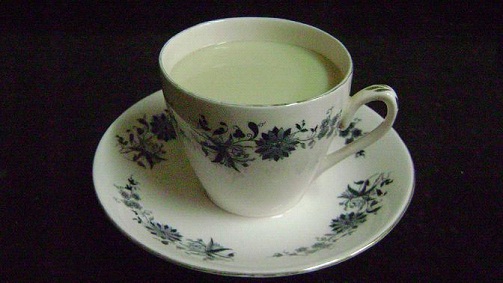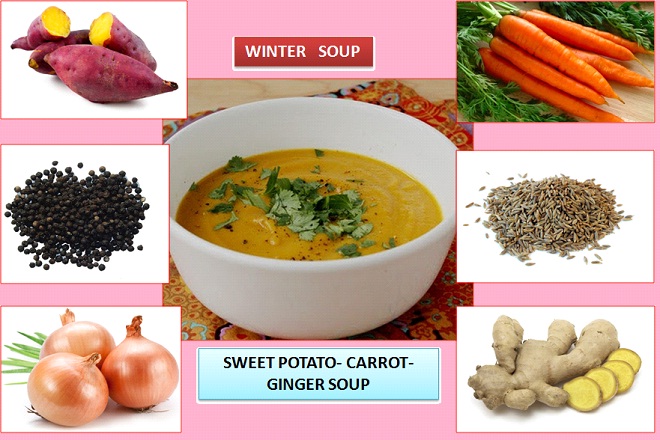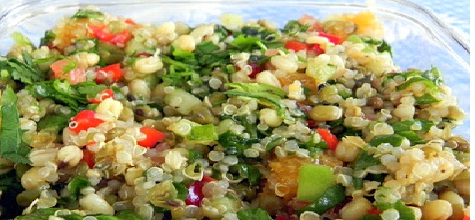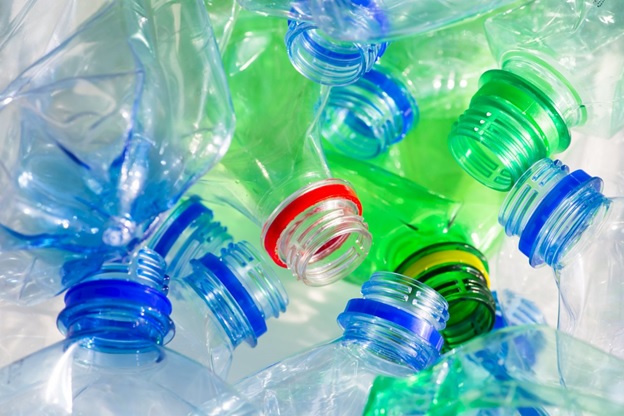
Helping Others While Helping Yourself
Image: Youth volunteers cleaning traditional pond (Kalyani) in Bengaluru, Karnataka
“Service to others is the rent you pay for your room here on earth” -Mohammad Ali
Volunteering is giving your time to help others free, without expecting anything in return. We all have our priorities in life but making time to volunteer in various organizations -hospital, animal shelter, temples, library, gardens, schools, colleges, elderly homes or taking care of people who are in need is a great thing and gives satisfaction. The benefits of volunteering are enormous. Volunteering helps to protect our physical and mental health.
Benefits of volunteering for good life
Volunteering allows you to connect to your community and make it a better place. It boosts your social skills and makes you a better person. It expands your network and helps to make new friends. Even helping with the smallest tasks can make a real difference to the lives of people, animals, and organizations in need. When you share your activity with others the existing relationships strengthens.
People who have hesitation in mingling and talking to people or outgoing will find it very useful to overcome their hesitation of meeting new people.
Volunteering increases self-confidence by boosting self -esteem and gives satisfaction while we develop more confidence while doing good work. It gives a sense of pride and an identity.
Volunteering helps to develop positive thoughts about life. When we understand how people are coping with their problems, our involvement as helpers in their life brings positivity in people life as well as in ours.
When we volunteer with our family, our children will become better humans and their social life will shape up well. While giving back to community children will learn to love people, animals, nature and to live the life with gratitude and happiness.
When the retired people volunteer, they feel that life still has purpose and full of activities. Their time will be well spent. It also helps to take their mind off their worries, keeps them mentally stimulated and adds more zest to their life.
Social isolation is a key factor for depression. Volunteering helps to combat depression. It helps to keep us in regular contact with social activities, which is supported by good system. It protects us from stress and depression.
Volunteering in pet shelters helps to improve mood, and reduces anxiety and stress. Health of people takes a turning point towards good.
Volunteering in parks, garden, farms or in temples will help people to improve physical strength. Studies shows that those who volunteer have a lower mortality than others do. Volunteering lessens symptoms of chronic pain or cardiac diseases or diabetes.
Many studies suggest that helping others kindles happiness. People who volunteer will develop a habit of smiling and laughing when they service others. They use kind words when they are servicing. This keeps their life well balanced and happy both at home as well as in society.
Volunteering helps to advance in our career. For example many colleges and research institutes will help you to learn various techniques while volunteering in lab,, museum or departments of your interest. Many a times you can publish papers and articles along with faculty. This gives more visibility to your academic career. For students who volunteer in various organizations will add more value to their bio data and helps to settle down in good schools and colleges. Volunteering teaches us valuable job skills too.
Volunteering is fun and easy to explore once interests and passions. To escape and energize ourselves from day-to-day routine of work, school and family commitments/ worries volunteering services are the great option. Enjoy yourself. When you volunteer make sure you are having fun! The best volunteer experiences benefit not only the volunteer but also the organization and the community.
Author: HealthyLife | Posted on: December 11, 2015
« SALT THERAPY: A Bathe in the Ocean Benefits of being nice to others »








